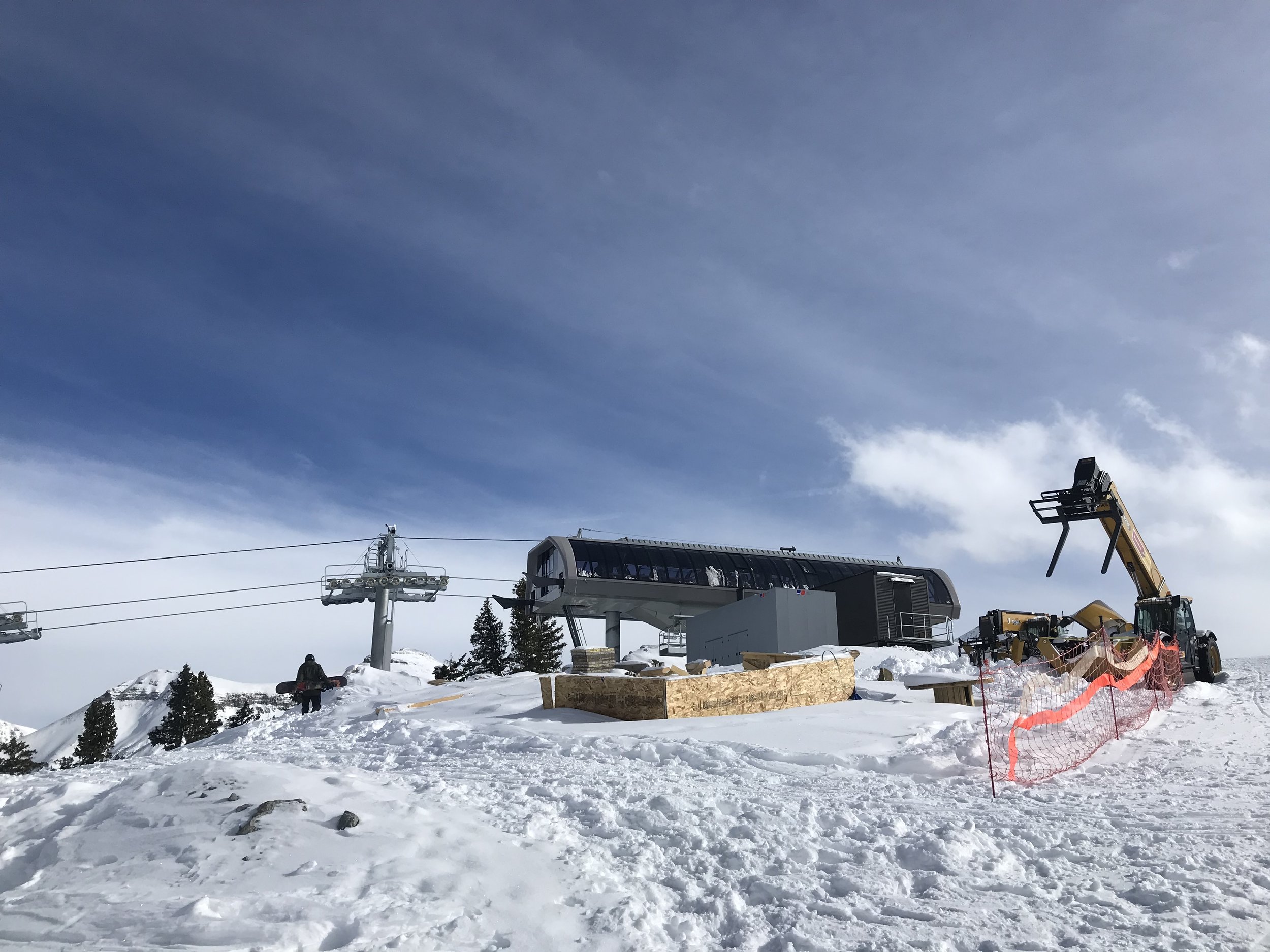“You start below the dam and you head into the Ponderosa Gorge with these big canyon walls and amazing majestic Ponderosa Pines, and you start to see more and more of this red rock coming out. Then you transition down into less trees and more red rock canyon walls, and the Wilderness Study Area, and at different places it opens up more…and it's kind of this ever-changing landscape, but the majesty of it never diminishes,” says Amber Clark.
Clark is the director of Dolores River Boating Advocates, of DRBA, which promotes stewardship and recreation along the river. Bob Gleason of Telluride sits on the Boating Advocates Board and speaks of the serenity of boating the Dolores.
“If you get down beyond the sections that are typically run, you’re there completely on your own,” says Gleason. “When you’re going from Slickrock to Bedrock, you’ve got all these huge meanders in the river with these gigantic cliffs and the horseshoe bends in that section right in there are so unique and so untouched. You could do that for four or five days and never see another person.”
Here’s Clark again:
“It’s just a really special place, and — I don’t know — it's one of those things if you’ve been down there you kind of know and understand that feeling. But it’s a landscape and place that grabs you and doesn't let go,” says Clark.
The DRBA is one of dozens of stakeholders who have been working to protect the Dolores as a National Conservation Area, or an NCA. Some rivers are protected by Congress under The Wild and Scenic Rivers Act, but protection as an NCA is less controversial, especially amongst agricultural interests. Al Heaton, a cattle rancher in Dolores involved in the conservation effort explains his view.
“Wild and Scenic comes with some…what would you say…some rules and regulations — some laws — that are pretty dramatic and would affect a lot of things, private property and things down the river,” Heaton says. “Of course, grazing could continue in a Wild and Scenic setting but it could also be restricted, so I felt there had to be a better way.”
For conservation groups, giving up the Wild and Scenic designation to pursue an NCA was a compromise, but it came with lasting protections, says Clark.
“You know, it is a compromise where Wild and Scenic suitability will no longer be looked at. But it does maintain no new impoundments on the river, no new dams,” says Clark.
Jeff Widen is a longtime conservation advocate based in Durango with the Wilderness Society. He explains how the ban on new dams on the Dolores goes even farther.
“One of the significant things: there is language [in the legislation] that says that if there is something proposed even outside the area — outside the NCA — that would, the wording is ‘unreasonably diminish the values within the area,’ then it wouldn't be allowed. In other words,” Widen explains, “if someone wanted to build a dam above the NCA which would dry up all the water in the NCA or would otherwise harm the natural values, they wouldn't be allowed to do it.”
The NCA would also prevent new mining operations and road building in the area. But to understand the significance of preventing new dams, you need to understand how they change rivers. In 1985, a dam was completed on the Dolores forming the McPhee Reservoir, which irrigates area agriculture. Rancher Al Heaton remembers a time before the dam.
“The dam controls the river now,” says Heaton. “You know, it isn't like it used to be. I could remember the dam before the river was in and completed, how it had the heavy runoff in the spring. But that’s all more controlled now.”
Hattie Johnson, with the recreation and conservation group American Whitewater says water in the Dolores River is now determined almost entirely by releases from McPhee.
“The river is more or less — it has a few other tributaries coming in — but it's more or less completely regulated by McPhee and the presence of water depends on releases from that dam and that only happens when the reservoir behind McPhee is pretty much going to overflow,” says Johnson.
Given the drought conditions in the West, boaters as well as native fish and plant species have seen less and less water in the river over the years, says Johnson.
“Actually in the past two summers we have seen gauging stations on the Dolores hit 0 CFFs, totally dry, no water on the river,” says Johnson. “We haven't had releases sufficient for boating since 2019. And with our extreme drought conditions we’re seeing right now, to get the conditions to boat the Dolores…it's feeling further out of reach, I would say.”
The protections would do little to release more water from the reservoir. Between drought, historic agricultural water rights, and the dozens of interests involved, coming to an agreement on how to conserve the Dolores was often contentious. Here’s Widen:
“It's incredibly complex trying to crack this nut, trying to figure out how can we protect the river, and not hurt agriculture, and do things on a voluntary basis, and the legislation we came up with is about as close as you can get in my opinion. But it took a decade and a half to get there,” Widen says.
Continuing coverage will follow the fate of the legislation as it’s taken up by congress.
Listen here to part two of this story.























